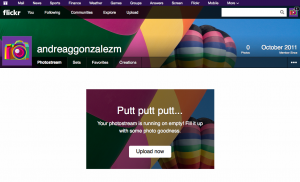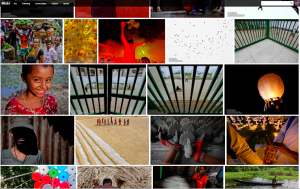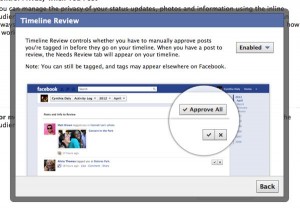Seeing as we are approaching the end of the Winter term, I thought that it fitting to do a final post that delves into one of the most valuable insights I gained from the ASTU 100A course. As I am sure other students will agree, an idea that has been of outmost significance in understanding our work with life narratives has been Whitlock’s notion life narratives as “soft weapons”; that is, influential yet highly malleable tools that have the potential to be manipulated to serve the purposes of dominant entities (for, prior to the course, I had never considered their potential to become such potent forces in shaping discourse and social action.) We have touched upon “their political agency” at various instances during the course, emerging yet again in discussion about Chute’s article on Persepolis and the idea that life narratives can act as “lightning rods”. to human rights discourse and engender “social action” in blogs as they can create universal identifications. In doing so, they can consequently draw an empathic and emotional response from readerships. Despite spatial and temporal distance from these autobiographical subjects, we are able to feel certain closeness due to the universality of their experiences, particularly as they are often drawn from the lens of a young child, one whose simplicity of early experiences transcends cultural barriers. Indeed, such a case is apparent in Marjane Satrapi’s Persepolis: where Satrapi’s young perspective is embodied by a child version of herself, from whose naïve eyes we observe an oppressive and violent regime. However, following one of my last blog posts, where I included the article: “Isabel Allende, Loung Ung and the Power of Memoirs”, I’d like to delve further into this last memoir’s power: why is it that Loung Ung’s narrative First They Killed My Father has sparked such a profound emotional response from Western readerships? Are narratives really as invincible and powerful as they often seem to be?
First they Killed My father is a memoir written by Loung Ung, where she recounts her experiences in the Pol Pot regime as a survivor of the Khmer Rouge years. Hers is a traumatic tale of estrangement, separation, and tiredness, hunger, as she is flung into the Cambodian work camps and sees her family members murdered. According to Ung, the core reason for the success of memoirs in general is that they “connect the humanity in us”. According to Ung:“we often hear about many hundred thousands killed in Darfur, and two million in Cambodia. All these big numbers. Memoirs bring it down to a family, a face… it breaks down that barrier of what is Cambodia, Vietnam, Sierra Leone, Darfur—down to a father, a mother, a brother, a sister.” So, much like other autobiographical voices in her field, in her earnest depiction of easily relatable subjects, Loung reduces those insurmountable chilling statistics of people captured and murdered into that person in the street, that guy in the supermarket, our cousin, our brothers. In short, these people are brought to life through the words, made flesh by the recounting of their experiences.
However, as commodities transferred on a global scale through circuitous movements, life narratives are subject to influence by the unpredictable forces of the marketplace and by consequence we can never truly discern audience reactions to the literary work. As Schaffer and Smith suggest, while in one location a life narrative can be the starting incentive of a human rights campaign, in another it may be the subject to substantial backlash and negative feedback. In which locations we will see these, and whether these two polar opposite reactions will be manifested, we cannot predict. Schaffer and Smith’s idea is exemplified by Loung’s memoir: on the one hand, the narrative has gained rapid success among book critic groups, launching Loung to a celebrity status as the current national spokesperson for the Campaign for a Landmine-Free World. Furthermore, it has sparked an outpouring of invitations from universities seeking to have her as a guest speaker for students about the genocide in Cambodia. On the other hand, reception from Cambodian American communities has been far from favorable: in fact, much like I, Rigoberta Menchu’s life narrative in, Loung’s autobiography has generated controversy with regards to the literary “authenticity” of her work. These communities claim that her narrative is “exaggerated, biased by her own prejudices, and peppered with untruths in an effort to profit from the atrocities of that time”, a comment that has drawn the author’s attention to the point that she herself has written an informal apology for the hurt caused by her book and provided further explanation and justification for the book. Ultimately, this shows that there are all sorts of forces working for and against life narratives: while we must recognize their substantial agency, it is also important to note that they fall vulnerable to market forces and constantly shifting sociopolitical ideologies. Most of the time, it is often impossible to predict where these forces will take them.





